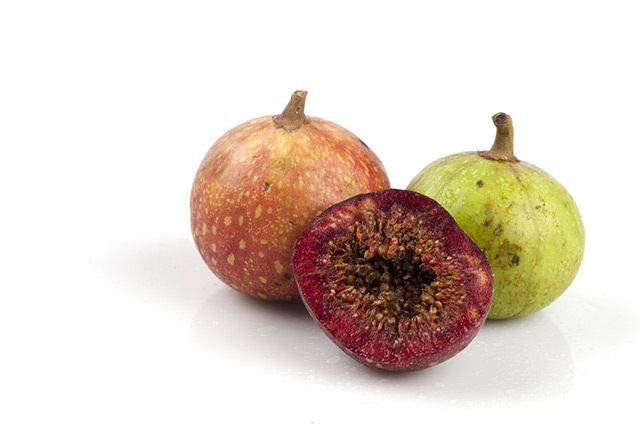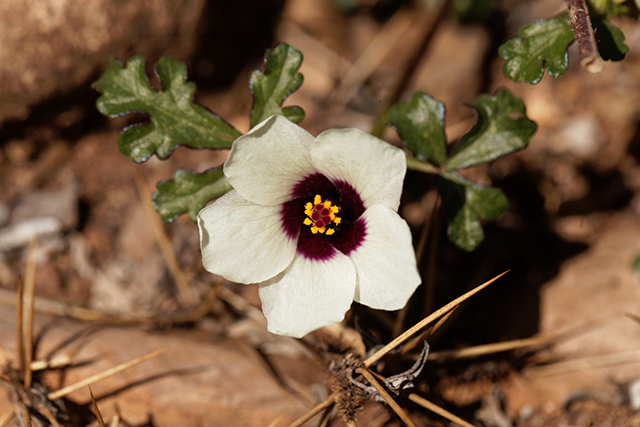06/18/2018 / By Ralph Flores
Researchers at the Open University of Sri Lanka and Sri Jayewardenepura University have found that Ficus racemosa L. is able to aid wound healing, thanks to its antimicrobial and enhanced cell migration properties. The study, published in BMC Complementary and Alternative Medicine, provides scientific support for its traditional use in wound healing.
- The team used stem bark extracts from F. racemosa on Baby Hamster Kidney (BHK 21) and Madin-Darby Canine Kidney (MDCK) cells using a scratch wound assay (SWA) to determine its cell migration activity. In order to evaluate its antimicrobial properties, common bacteria and fungi were subjected to the Kirby Bauer disc diffusion assay.
- From the SWA, they subjected dichloromethane and hexanes extracts that displayed enhanced cell migration another round of tests – namely, bioactivity-directed fractionation and thin layer chromatography – to distinguish the primary compounds that were behind the extracts’ cell migration activity.
- Based on the results, researchers discovered enhanced cell activity on both cells lines for dichloromethane and hexanes extracts. EtOAc and MeOH extracts, on the other hand, exhibited antibacterial activity against Staphylococcus and Bacillus species and antifungal properties against Saccharomyces spp. and Candida albicans.
- Researchers identified Lupeol and β-sitosterol as compounds responsible for wound healing after these were isolated.
- In particular, the two displayed cell migration enhancement activity on BHK 21 and MDCK cell lines, with ideal concentrations for each determined to be at 30 micrometers (μm) and 35 μm, respectively.
- Lupeol acetate, which was isolated from the hexanes extract, was also noted to have pro-drug properties.
After looking at the findings, researchers concluded that compounds present in the stem bark of F. racemosa exhibited an increased ability for cell migration, as well as antimicrobial properties, consistent with its traditional use in wound healing.
Read the full study at this link.
Journal Reference:
Bopage NS, Gunaherath GMKB, Jayawardena KH, Wijeyaratne SC, Abeysekera AM, Somaratne S. DUAL FUNCTION OF ACTIVE CONSTITUENTS FROM BARK OF FICUS RACEMOSA L IN WOUND HEALING. BMC Complementary and Alternative Medicine. 2018;18(1). DOI: 10.1186/s12906-018-2089-9
Receive Our Free Email Newsletter
Get independent news alerts on natural cures, food lab tests, cannabis medicine, science, robotics, drones, privacy and more.




















